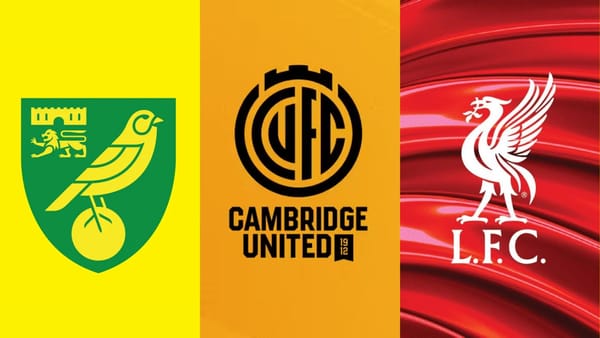How do you measure the quality of a club's social media output?

Last night I stumbled into a Twitter conversation involving Sean Walsh, Steven Cole, Daniel Maurin and Tom Chaplin, the genesis of which was this blog post by Social Pundit. The topic was a familiar one – how can you accurately measure the quality of a football club’s social media output?
I say familiar because this is a question I’ve seen asked, been asked and asked myself more times than I care to remember. And I’m still struggling to find a satisfactory answer.
Measurement is the next hurdle those involved in digital communications will need to get over and because there is no standard to compare against it’s proving to be tough. However the privileged position of football clubs mean it could be even more difficult to get an idea of how they’re doing online.
The Social Pundit blog post was a stats gathering exercise, not an attempt to evaluate a club’s use of Twitter and Facebook, however there is still a lot of stock put in vanity metrics. Using the number of followers accrued as a guide for quality of output is foolish at the best of times, however football clubs are not your typical brands. Fans will always follow their team, even if the content they share isn’t particularly engaging. They’re brand evangelists. Newcastle United command over half a million followers on Twitter and Facebook despite the fact their social media strategy is derided by supporters.
Could services that claim to measure influence, such as Klout and PeerIndex, help grade the quality of what clubs post online? Not really, at least not in my experience (says the man who produces a Social Media Premier League table based on the results provided by the aforementioned websites). All these services can do is give you a vague idea of how the land lies, but they’re unable to make a call on the quality of content. Only we, the users, can make the judgement on whether what is being shared is truly engaging.
I’ve previously tried to survey supporters and gather their views on their club’s use of social media. While this method allows you to get feedback directly from the stakeholders with which the club is attempting to engage it is still problematic. Issues with social media strategies can become magnified if things aren’t going right on the pitch (for example, I once had a respondent say their biggest gripe with their club’s social media output was lack of signings!) and conversely many supporters can become defensive if they feel their club is being harshly scrutinised.
Many clubs will have their own criteria by which they evaluate their social media use, such as ROI. Making a business case for social media is important, but are they going far enough in trying to understand what they’re are doing well and what they aren’t? Until there is some sound evaluation methodology in place you’d have to assume many clubs aren’t.






